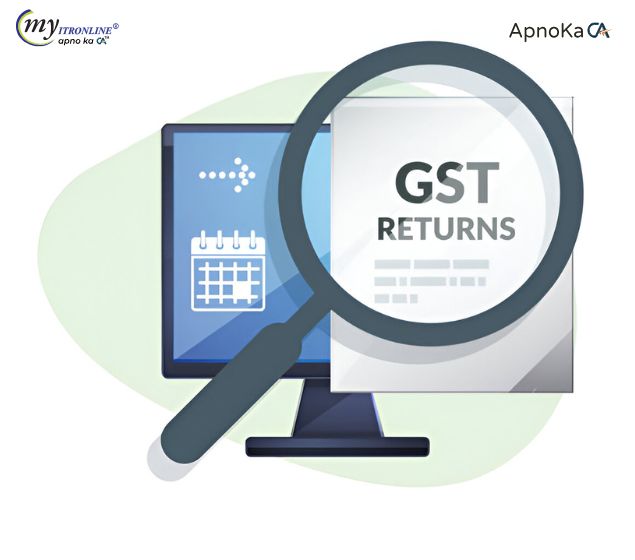# financialcompliance
7 posts in `financialcompliance` tag

Breaking: Presumptive Taxation Moves to Section 58 - Complete Guide
The Income Tax Act 2025 introduces Section 58, replacing Section 44AD for presumptive taxation of small businesses. This provision applies to eligible assessees with turnover up to ₹2-3 crore, offering simplified tax computation at 6% for digital transactions and 8% for other receipts, or actual profit—whichever is higher. The change promotes digital payments and reduces compliance burden for small businesses while maintaining revenue collection efficiency.
.jpg)
TDS Rules for Your Rent and Property: What You Need to Know
This blog post offers a clear comparison of four important TDS sections related to property and rental income in India: 194I, 194-IA, 194-IB, and 194-IC. It explains each section's nature of payment, payer, payee, threshold limits, TDS rates (including recent changes for 194-IB and 194I for FY 2025-26), time of deduction, required forms, and TAN requirements. The post also discusses the connections between these sections, compliance issues, and best practices for individuals, businesses, and developers to manage the TDS landscape effectively and avoid penalties.

Form 10B Guide for Trusts (AY 2025-26)
This comprehensive guide explains Form 10B, an essential audit report for charitable/religious trusts, educational institutions, and hospitals under the Income Tax Act (2025). It details who needs to file it (especially those with over ₹5 crore income, foreign contributions, or income applied outside India), its key contents, the step-by-step online filing process, and the crucial September 30, 2025 due date for AY 2025-26. The synopsis also highlights the severe consequences of non-compliance, emphasizing the report's vital role in maintaining tax-exempt status and ensuring financial transparency.

Don’t Put 10,000 on the Line! Learn the 5 Essential Rules for E-Way Bill Compliance in 2025
This blog post outlines the critical E-Way Bill compliance rules for 2025, detailing mandatory thresholds, validity periods, and filing procedures (Form GST EWB-01). Learn how to avoid hefty penalties of ₹10,000 or more by adhering to these updated regulations, including insights on interstate vs. intrastate applicability, and new rules regarding generation and extension limits. Discover how MYITRONLINE can help your business navigate these complexities.

GSTR-1/1A Table 12: Brace for Impact – Key Updates & Compliance Steps
The GSTN has rolled out crucial Phase-III changes to GSTR-1/1A Table 12, effective from April/May 2025. Key updates include the bifurcation of Table 12 into separate B2B and B2C sections, mandatory HSN/SAC code selection via dropdowns, and the introduction of value validations (initially in warning mode). This summary details these modifications, their impact on taxpayers based on AATO, and essential preparation steps to ensure smooth compliance.
.png)
Form 1 of DTVSV 2024: Online Filing, Deadlines, and Penalties
Form 1 for the Declaration of Taxable Value of Securities (DTVSV) 2024 is now available for online submission. By October 31, 2024, taxpayers who own securities as of March 31, 2024, must submit this form. Up to December 31, 2024, a late return may be submitted; however, there will be a ₹1,000 penalty. In the event that the form is not submitted by the stipulated deadline, there will be a penalty of ₹10,000 and potential interest on unpaid taxes. Find out how to easily file Form 1 online and make sure you're following the DTVSV rules.
.jpg)
Understanding Section 39 of the Income Tax Act: Powers of Tax Recovery and Asset Attachment
Tax authorities may seize and sell a taxpayer's assets in order to collect unpaid taxes, according to Section 39 of the Income Tax Act. Additionally, recovery against other parties holding assets on behalf of the taxpayer is permitted under this clause. To make sure taxpayers understand their obligations and the repercussions of tax defaults, the blog examines the essential components, recovery procedure, and consequences for non-compliance.
